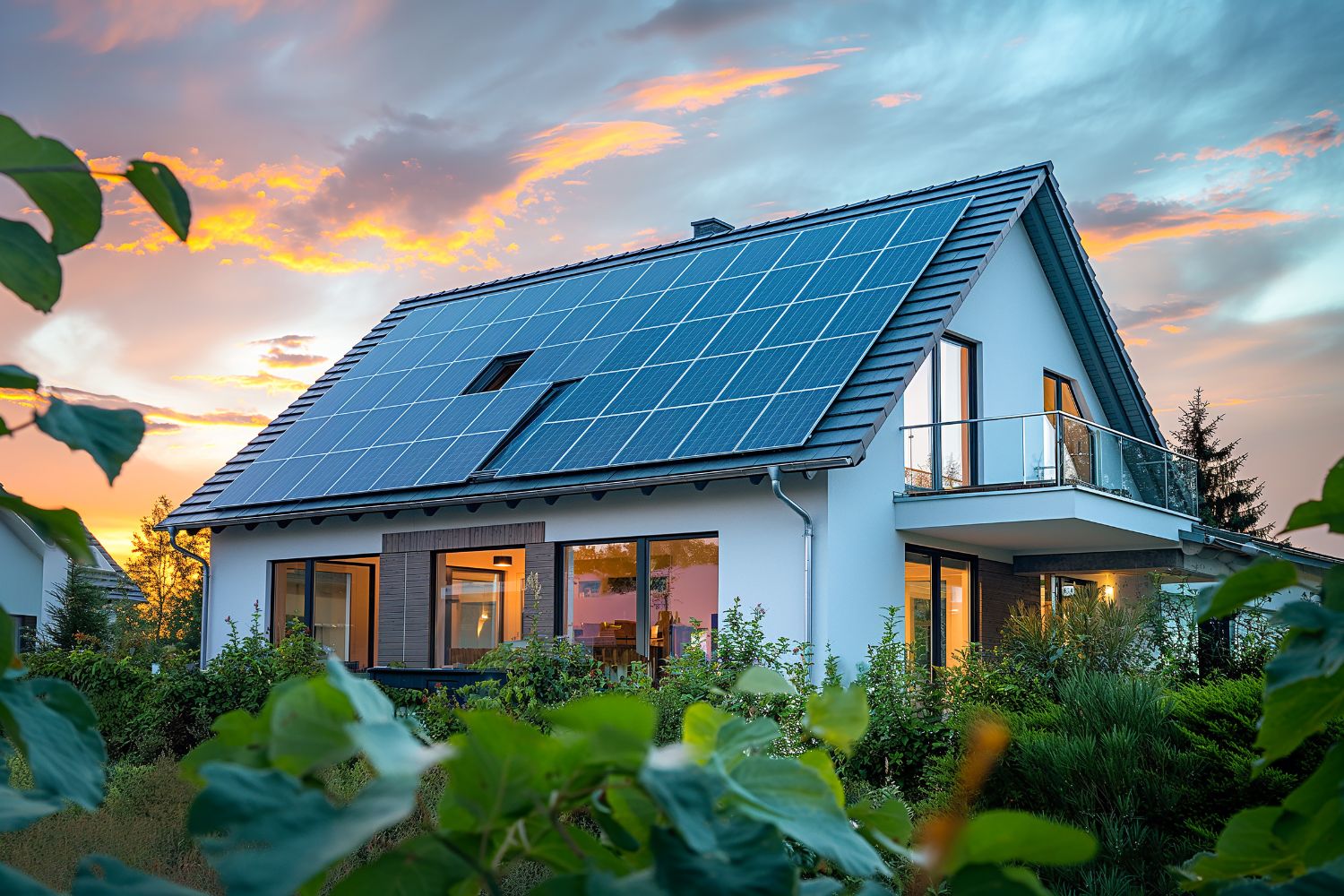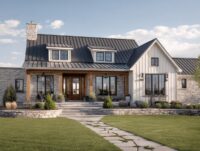- Home
- Articles
- Architectural Portfolio
- Architectral Presentation
- Inspirational Stories
- Architecture News
- Visualization
- BIM Industry
- Facade Design
- Parametric Design
- Career
- Landscape Architecture
- Construction
- Artificial Intelligence
- Sketching
- Design Softwares
- Diagrams
- Writing
- Architectural Tips
- Sustainability
- Courses
- Concept
- Technology
- History & Heritage
- Future of Architecture
- Guides & How-To
- Projects
- Interior Design
- Competitions
- Jobs
- Store
- Tools
- More
- Home
- Articles
- Architectural Portfolio
- Architectral Presentation
- Inspirational Stories
- Architecture News
- Visualization
- BIM Industry
- Facade Design
- Parametric Design
- Career
- Landscape Architecture
- Construction
- Artificial Intelligence
- Sketching
- Design Softwares
- Diagrams
- Writing
- Architectural Tips
- Sustainability
- Courses
- Concept
- Technology
- History & Heritage
- Future of Architecture
- Guides & How-To
- Projects
- Interior Design
- Competitions
- Jobs
- Store
- Tools
- More
Key Elements of Successful Architectural Public Spaces for Vibrant and Inclusive Communities
Discover the essential elements for designing successful architectural public spaces that foster community connection, inclusivity, and sustainability. Learn how accessibility, adaptability, and engagement empower urban areas, boost well-being, and reflect cultural identity.

Public spaces are the heart of any community, where people gather, connect, and experience the essence of a city. As architects and urban planners, it’s our responsibility to design spaces that are not only functional but also inviting and inclusive. The success of these spaces often lies in striking a balance between aesthetics, usability, and social impact.
When we think about iconic public spaces, certain elements consistently stand out—accessibility, adaptability, and a sense of belonging. These spaces don’t just serve a purpose; they inspire interaction and foster a deeper connection with their surroundings. By understanding what makes these spaces thrive, we can create environments that truly enrich our communities.

Table of Contents
ToggleImportance Of Architectural Public Spaces
Architectural public spaces serve as vital components of urban living, shaping how communities interact and thrive. These spaces provide platforms for cultural exchange, social interaction, and recreational activities. By connecting people across diverse backgrounds, they help foster a sense of unity and shared identity.
Community health benefits are linked to well-designed public spaces. Green areas, for example, contribute to mental and physical well-being by offering environments for exercise, relaxation, and reducing urban heat. Studies from authoritative sources confirm that access to such spaces boosts overall quality of life.
Economic impacts stem from thriving public spaces. Strategic design improves foot traffic, supports local businesses, and attracts tourism. Examples include plazas with vendor zones or waterfronts with recreational amenities, which generate revenue while enhancing community appeal.
Environmental sustainability is another key factor. When integrated with green architecture, public spaces aid in managing stormwater, reducing pollution, and preserving biodiversity. Features like permeable pavements, native vegetation, and energy-efficient lighting encourage eco-conscious urban development.
The significance of architectural public spaces lies in their multifaceted role, promoting inclusivity, health, economy, and environmental stewardship. Their design affects not just functionality but also the long-term resilience of urban ecosystems.

Key Elements Of Successful Architectural Public Spaces
Successful architectural public spaces combine accessibility, functionality, design, and sustainability to create environments that serve diverse community needs. These elements ensure spaces are welcoming, adaptable, visually appealing, and environmentally responsible.
Accessibility And Inclusivity
Accessibility ensures public spaces accommodate individuals of all abilities and demographics. Features like wheelchair ramps, clear signage, and accessible public transit connections enable universal access. Inclusivity involves creating welcoming environments, such as seating arrangements designed for various age groups and multicultural design elements reflecting diverse community identities.
Functionality And Flexibility
Functionality supports varied uses in a single space. Public plazas, for example, benefit from distinct zones for seating, walking, and events. Flexibility accommodates changes over time, with features like movable furniture or multipurpose platforms that adapt to seasonal needs and different activities.
Aesthetic Appeal And Design Innovation
Aesthetic appeal draws individuals into public spaces. Elements like striking architectural features, cohesive landscaping, and contemporary art installations enhance visual interest. Design innovation integrates technology, such as interactive lighting systems or shaded structures that improve comfort and engagement for users.
Environmental Sustainability
Environmental sustainability incorporates green solutions into public spaces. Features like rain gardens, permeable pavements, and native vegetation improve stormwater management and biodiversity. Energy-efficient lighting and materials ensure these spaces minimize environmental impact while supporting long-term urban resilience.

Role Of Community In Shaping Public Spaces
Communities influence the design and functionality of public spaces by contributing to their planning and development. Engagement processes like public consultations, workshops, and surveys allow residents to voice needs and aspirations. This input helps ensure that public spaces reflect shared values and serve local demographics.
Community involvement strengthens the sense of ownership and pride in public spaces. When residents participate in creating parks, plazas, or community centers, they’re more likely to use and care for these spaces. This fosters stewardship, reducing maintenance issues and promoting longevity.
Local culture and traditions shape the identity of public spaces, enhancing their relevance. Incorporating elements like murals, sculptures, or architectural details connected to community heritage creates spaces with cultural significance.
Collaboration with community organizations enhances public spaces by addressing specific challenges. For example, partnering with local environmental groups can integrate sustainable landscaping, while working with youth programs can introduce recreational facilities that meet their needs.
Active participation from diverse groups ensures inclusivity in public spaces. Involving people of different ages, abilities, and backgrounds helps create environments accessible and welcoming to all, reflecting the diversity of urban life.

Challenges In Creating Successful Public Spaces
Designing successful public spaces involves addressing diverse challenges to meet community needs and ensure long-term functionality. Multiple considerations must align to create spaces that are inclusive, adaptable, and impactful.
Balancing Diverse User Needs
Accommodating different demographics, including children, the elderly, and individuals with disabilities, can be complex. For example, spaces may require play areas, quiet zones, and accessible pathways to serve varied preferences and abilities without overcrowding or neglecting any group.
Funding Limitations
Securing adequate financial resources often restricts ambitious designs. Limited budgets can hinder the integration of high-quality materials, cutting-edge technology, or sustainable features, reducing the space’s potential effectiveness and longevity.
Managing Environmental Impacts
Public spaces must address urban challenges like air pollution, stormwater management, and biodiversity loss. If improperly planned, these areas may contribute to environmental issues rather than mitigating them.
Ensuring Safety and Maintenance
Vandalism, crime, and lack of regular maintenance limit the usability of public spaces. Without durable materials, effective lighting, or ongoing care, these areas may feel unsafe or neglected, discouraging community use.
Navigating Bureaucratic Hurdles
Permits, zoning laws, and policy restrictions complicate the planning process. If regulations conflict with visionary designs, compromises may affect the outcome, limiting creativity and innovation.
Adapting to Urban Density
In densely populated cities, finding sufficient space for public use presents challenges. Urban areas often face spatial limitations, requiring architects to maximize functionality in minimal areas without sacrificing quality.
Effectively addressing these challenges ensures public spaces support vibrant, adaptable, and inclusive communities.

Conclusion
Successful architectural public spaces integrate accessibility, functionality, inclusive design, and sustainability. These elements adapt to diverse communal needs while fostering engagement and interaction. By prioritizing user inclusivity, reflecting community identities, and embracing environmental responsibility, these spaces contribute to urban ecosystems’ resilience.
Community involvement strengthens these efforts, ensuring public spaces align with local values and demographics. Collaborative initiatives with residents and organizations create environments that are culturally relevant and universally welcoming. Addressing challenges such as funding, safety, and environmental impacts requires innovative solutions to maintain the vibrancy and adaptability of these spaces.
Our focus on accessibility, green solutions, and community-driven design highlights the potential for public spaces to improve quality of life. By balancing aesthetic appeal, functionality, and environmental stewardship, public spaces can thrive as essential parts of sustainable urban development.
- community connection design
- community engagement spaces
- community-building spaces
- community-centered urban design.
- community-focused design
- creating community spaces
- design for community interaction
- design tips for public areas
- designing public spaces
- inclusive public space design
- placemaking strategies
- Public Space Design
- public space planning guidelines
- public spaces architecture
- social spaces design
- successful public spaces
- urban design tips
- urban planning and design
Submit your architectural projects
Follow these steps for submission your project. Submission FormLatest Posts
Enhancing Urban Life: Best Practices for the Design of Walkways in Urban Areas
Discover the transformative role of urban walkway design in creating safer, sustainable,...
Playgrounds: Landscape Architecture for Inviting Interaction
Playgrounds in landscape architecture are more than spaces for activity—they are environments...
Future Trends in Urban Development: Embracing Sustainability and Smart Technology
Explore the future of urban development in this insightful article that highlights...
Understanding Having an Architectural Perception in Public Spaces for Better Community Engagement
Explore the transformative power of architectural perception in public spaces. This article...












Leave a comment